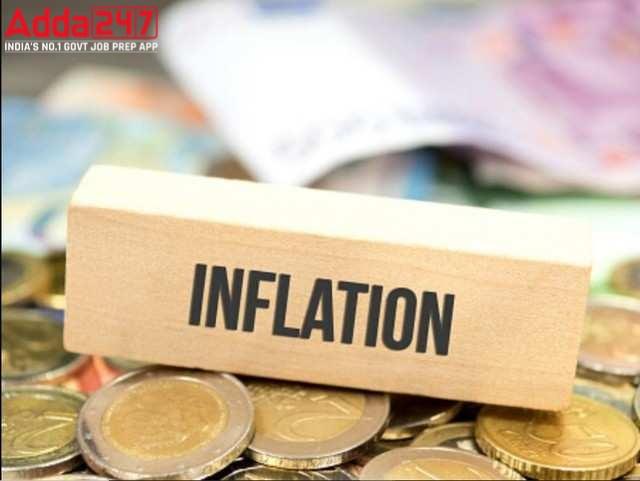Reserve Bank of India (RBI) is expecting retail inflation to come under control at 5.2 per cent in FY24, down from the 6.7 per cent forecast for FY23, revealed the banking regulator in its ‘Monetary Policy Report September 2022’. In addition to this, RBI has also cut India’s GDP growth forecast for FY23 to 7 per cent from its earlier projection of 7.2 per cent.
Buy Prime Test Series for all Banking, SSC, Insurance & other exams
What The RBI Said:
The RBI, in its report, said, “For 2023-24, assuming a normal monsoon, a progressive normalisation of supply chains, and no further exogenous or policy shocks, structural model estimates indicate that inflation will average 5.2 per cent.” The central bank expects inflation to remain above the upper tolerance level of 6 per cent in the first three-quarters of FY23. RBI also expects inflation to come under control from January 2023 onwards. RBI projects the retail inflation to average 5.8 per cent in Q4 FY23 and further down to 5 per cent in Q1 FY24. In addition to this, RBI has also cut India’s GDP growth forecast for FY23 to 7 per cent from its earlier projection of 7.2 per cent.
Even as the forecast for the next fiscal looks soothing, upside risks remain on a host of factors such as further ratcheting up of geopolitical tensions, higher crude and commodity prices, longer than expected supply chain disruptions and escalation in global financial market volatility due to aggressive monetary policy actions, the RBI report said. The shortfall in domestic Kharif crop output, unseasonal rains or firming up demand may also add up to the upside risks. Further correction in global commodity prices due to slowing global demand, and improvement in supply conditions with the ebbing of the pandemic will help in bringing down inflation, the report added.
The Central Bank’s Mandate:
The central bank, which is mandated to keep retail inflation in a range of 2-6 per cent, has seen inflation above its upper tolerance level since January this year. The report also stated that even as inflation has eased from its April peak of 7.8 per cent, it remains at unacceptably high levels.
Supply Constrain:
This was mainly because of adverse supply shocks amid geopolitical tensions arising out of the Russia-Ukraine war since late February. Both Russia and Ukraine are key suppliers of foodgrains, edible oil, fertilisers, crude oil and natural gas. Shaktikanta Das, Governor of RBI, while announcing the policy, said that the world has already witnessed two major shocks of the pandemic and the Ukrainian situation over the last two-and-a-half years and a third shock comes in the form of aggressive monetary policy actions by central banks globally.
Monetary Policy Committee:
The RBI had recently increased the key repo rate by 0.50 per cent to 5.90 per cent to bring inflation under control. From May-August 2022, it raised the policy repo rate by 140 basis points or 1.4 per cent. RBI’s six-member Monetary Policy Committee (MPC) met four times from April-September this year. This also includes an off-cycle meeting in May, in the backdrop of a sharp jump in global commodity prices and uncertainties of monetary policy normalisation globally.



 Indian Olympic Medal Winners List Till N...
Indian Olympic Medal Winners List Till N...
 Who is the Inventor of the Gramophone?
Who is the Inventor of the Gramophone?
 HS Dhaliwal Appointed New DGP Of Andaman...
HS Dhaliwal Appointed New DGP Of Andaman...
